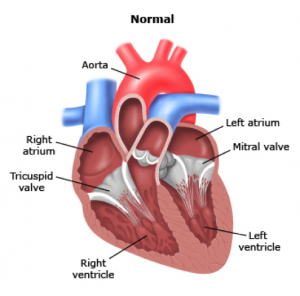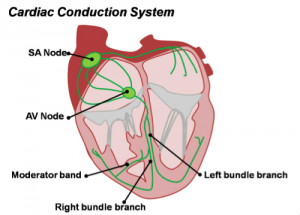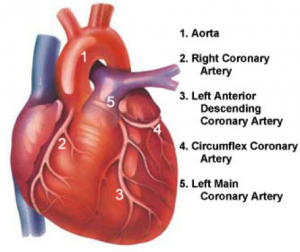The heart is a vital and amazing organ. Its basic role is to pump blood to all other organs, muscles and other parts of the body. By doing so, it delivers nutrients and oxygen to muscles and other organs (such as brain, kidney, liver) and takes toxins away from muscles and organs for removal. The human heart is about the size of a fist, and it is located behind and slightly to the left of your sternum (the breastbone). The heart beats approximately 70 times a minute, 100,000 times per day, approximately 36 million times per year or 2,980,152,000 times in the average lifetime, without stopping.
The heart consists of and relies on three important components to keep working:
- The heart muscle – (the pump) which squeezes and relaxes with each heart beat.
- The electrical system – (the hearts pacemaker and wiring systems) which is essential to maintain a regular, ongoing and synchronized heart beat.
- The coronary arteries (plumbing system) – are essential to ensure the heart itself receives an adequate blood supply to provide the oxygen and nutrients that it needs to keep beating and pumping.

Main components of the heart
A schematic diagramshowing the main components of the heart including the left and right ventricle (the main pumping chambers), the left and right atrium, as well as the cardiac valves (mitral valve, aortic valve, tricuspid valve and pulmonary valve.)

The cardiac electrical (conduction) system
A schematic diagram demonstrating the cardiac electrical (conduction) system responsible for maintaining a normal and regular heart beat.

The 3 Main Coronary Arteries
A schematic diagram demonstrating the 3 main coronary arteries (the right coronary artery, and the left main coronary artery dividing its two most important branches – the circumflex artery and the left anterior descending.
